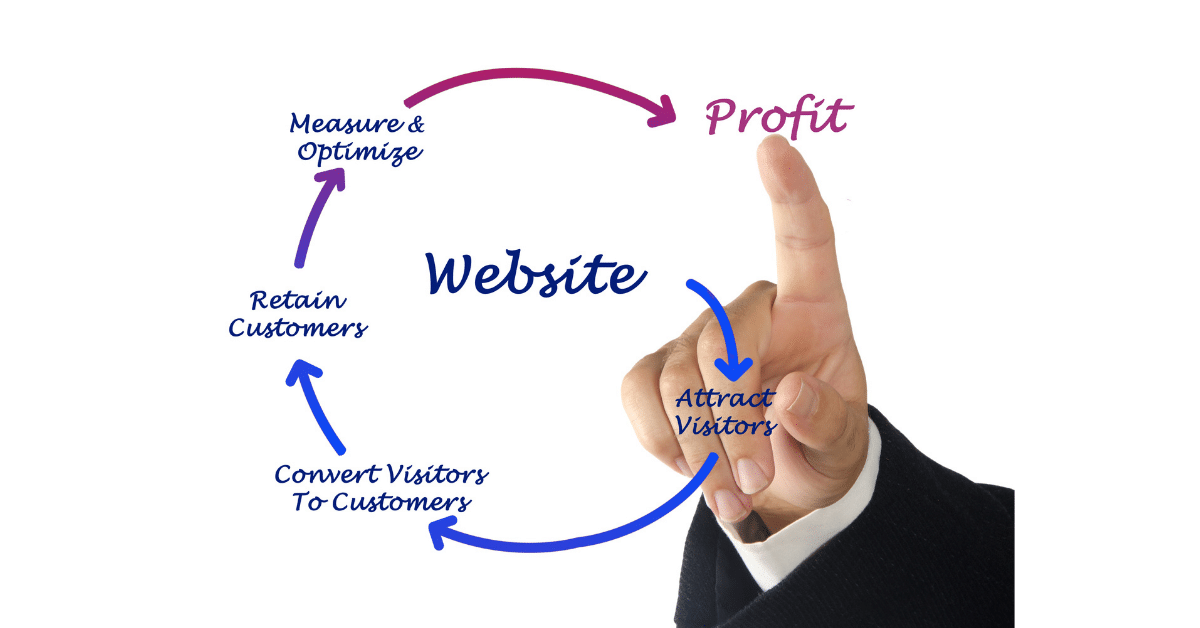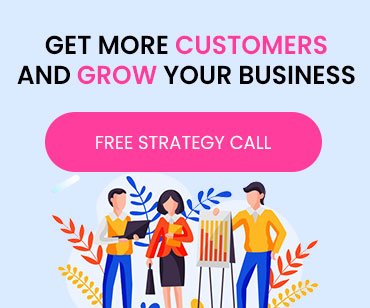User Experience (UX) has become one of the most critical components in modern web design, especially for businesses looking to grow their online presence and boost conversions. In the fast-paced digital age, where visitors decide within seconds whether to stay or leave a website, offering a seamless and intuitive user journey is not optional—it’s essential. From the way a site loads, to how easily visitors find information, to how aesthetically pleasing the layout is, every detail contributes to the overall experience and, ultimately, to conversion rates.
Melbourne businesses are increasingly investing in UX strategies to retain visitors and turn them into customers. Whether you’re selling a product, offering a service, or simply building brand awareness, how users interact with your website can determine your success. A great user experience increases engagement, reduces bounce rates, and encourages visitors to take the desired action—be it signing up, purchasing, or sharing your content.
UX is not just about looks; it encompasses functionality, accessibility, mobile responsiveness, and emotional connection. Poor UX can lead to lost leads and missed opportunities. A button that’s hard to find or a slow-loading page could be all it takes for a user to abandon your site entirely. In contrast, intuitive design and helpful navigation create trust and make users feel understood and valued.
As the competition intensifies across all industries in Melbourne, businesses must recognize the importance of UX in influencing visitor behavior and improving conversion outcomes. When users enjoy interacting with your site, they’re more likely to return, recommend it to others, and complete your desired goals.
In this blog, we explore why User Experience (UX) is so critical for increasing website conversions, and provide practical insights into how to improve it. From navigation and mobile design to trust signals and analytics, these principles will help ensure your site works for both your visitors and your business.
Understanding the Value of UX in Conversion Optimization
User Experience goes beyond design elements—it encompasses the complete journey a user takes when interacting with your website. A well-structured UX helps guide users through intuitive flows, increasing the chance they’ll take action. When users find what they need without confusion or obstacles, they’re more likely to convert. This journey should feel natural and satisfying, leading to actions like purchases, form submissions, or newsletter signups.
First Impressions Set the Tone
Users form an opinion about a website in less than a second. That initial reaction often influences whether they stay or leave. If your website appears outdated, cluttered, or loads slowly, you risk losing the visitor instantly. First impressions are influenced by design, color scheme, typography, load speed, and layout. Melbourne businesses aiming for high conversions must ensure that users are greeted with a clean, professional, and welcoming digital environment from the moment they land.
Navigation That Makes Sense
Intuitive navigation is the backbone of user-friendly web design. Users should be able to move from one page to another without getting lost or overwhelmed. Navigation menus should be logically arranged, labeled in familiar terms, and optimized for both desktop and mobile users. When users struggle to find information, frustration builds and conversions plummet. Businesses in Melbourne should routinely test their site navigation to ensure users can access key information with minimal effort.
Mobile Responsiveness Is a Must
With more than half of internet traffic coming from mobile devices, a mobile-friendly website is no longer optional. Visitors accessing your site from smartphones or tablets expect the same ease of use as desktop users. Pages that don't scale properly, buttons that are too small to tap, or content that is difficult to read will turn users away. Ensuring responsive design across all devices greatly improves UX and keeps visitors engaged regardless of how they access your site.
Call-to-Action Buttons That Convert
Calls to Action (CTAs) are critical touchpoints in the conversion journey. These buttons and links should be visually prominent, clearly labeled, and aligned with the user’s goals. Whether you're prompting a visitor to “Sign Up,” “Get a Free Quote,” or “Buy Now,” your CTA must stand out without being aggressive. Proper placement and compelling language can significantly increase click-through rates. Melbourne businesses should A/B test CTAs regularly to find the most effective designs and messaging.
Consistency Builds Confidence
Maintaining visual and functional consistency across your site creates a seamless user experience and strengthens your brand identity. Fonts, colors, button styles, and language should all align to avoid disorienting visitors. A consistent experience reduces cognitive load and allows users to focus on the value your business offers. This reliability builds trust and makes users more confident in completing transactions or inquiries.
Feedback Loops Drive Improvements
Collecting user feedback through surveys, heatmaps, or usability tests can uncover friction points that may not be obvious. Understanding user frustrations helps inform data-backed decisions to improve the website. Feedback mechanisms should be accessible, easy to use, and positioned at key points in the user journey. By integrating this data into your UX strategy, your site evolves in a user-centric way, improving satisfaction and conversion rates over time.
Loading Speed Affects Everything
Site loading speed is directly tied to user satisfaction. Studies show that even a one-second delay in page load time can result in a significant drop in conversions. A fast-loading site not only improves UX but also enhances SEO performance. Use tools like Google PageSpeed Insights or GTmetrix to identify and fix speed bottlenecks. Compress images, minimize code, and enable caching to deliver a lightning-fast experience for your users.
Building Trust Through Design
Trust signals such as customer testimonials, case studies, client logos, SSL certificates, and secure checkout badges can dramatically impact a user’s willingness to convert. These elements provide reassurance and credibility, particularly for new visitors. Melbourne consumers are digitally savvy and cautious about where they input their data—building visual trust is key to gaining their confidence.
User Behavior Analytics for Smart Decisions
Understanding how users interact with your site is essential for refining your UX strategy. Tools like Google Analytics, Hotjar, or Clarity allow you to track scroll depth, bounce rates, session duration, and more. Analyzing user behavior helps identify what’s working and where drop-offs occur, guiding future improvements that can enhance both UX and conversion performance in measurable ways.
Conclusion: UX is the Foundation of Online Success
When it comes to increasing website conversions, User Experience (UX) is at the heart of everything. It’s the bridge between what you offer and how users engage with it. Prioritizing UX design, mobile responsiveness, intuitive navigation, and consistent branding can transform casual visitors into loyal customers. For businesses in Melbourne and beyond, focusing on UX is not just about aesthetics—it’s a powerful business strategy that drives real results.
Email: ash@multidice.com.au
Phone: +61 481 834 691
Address: Melbourne, Australia


